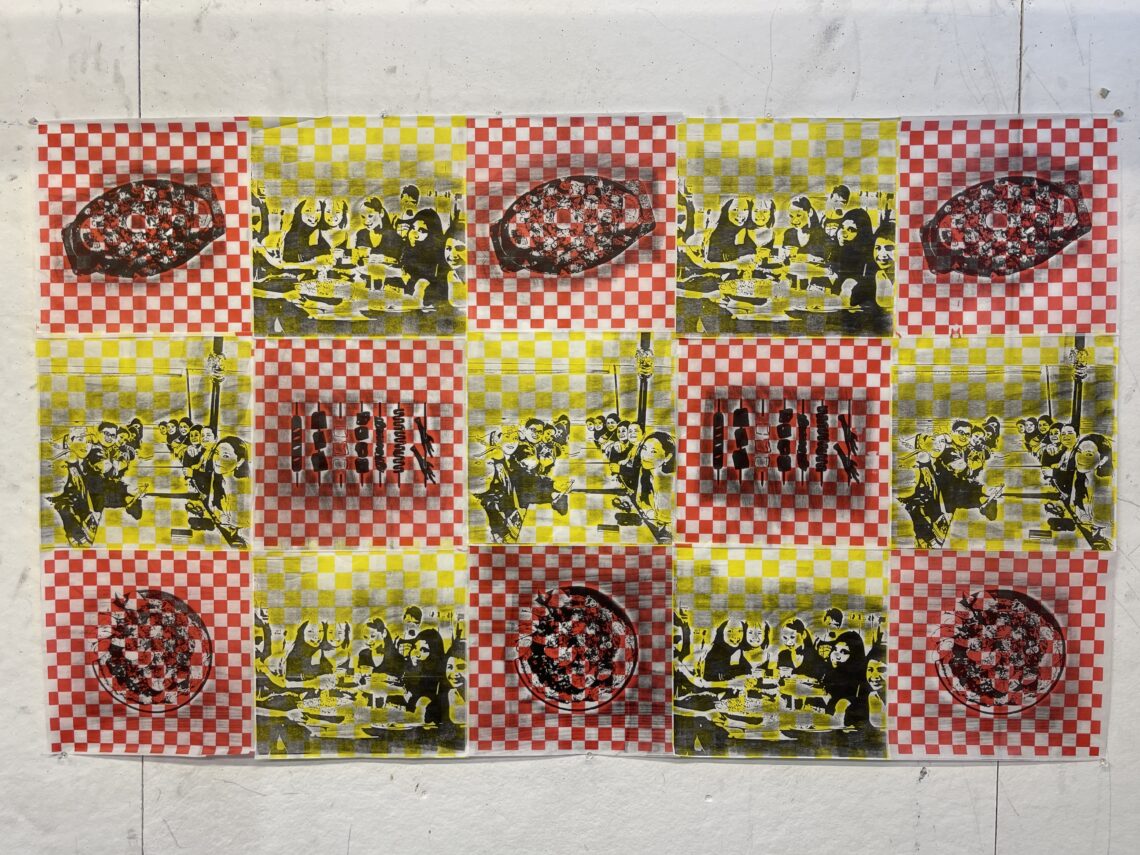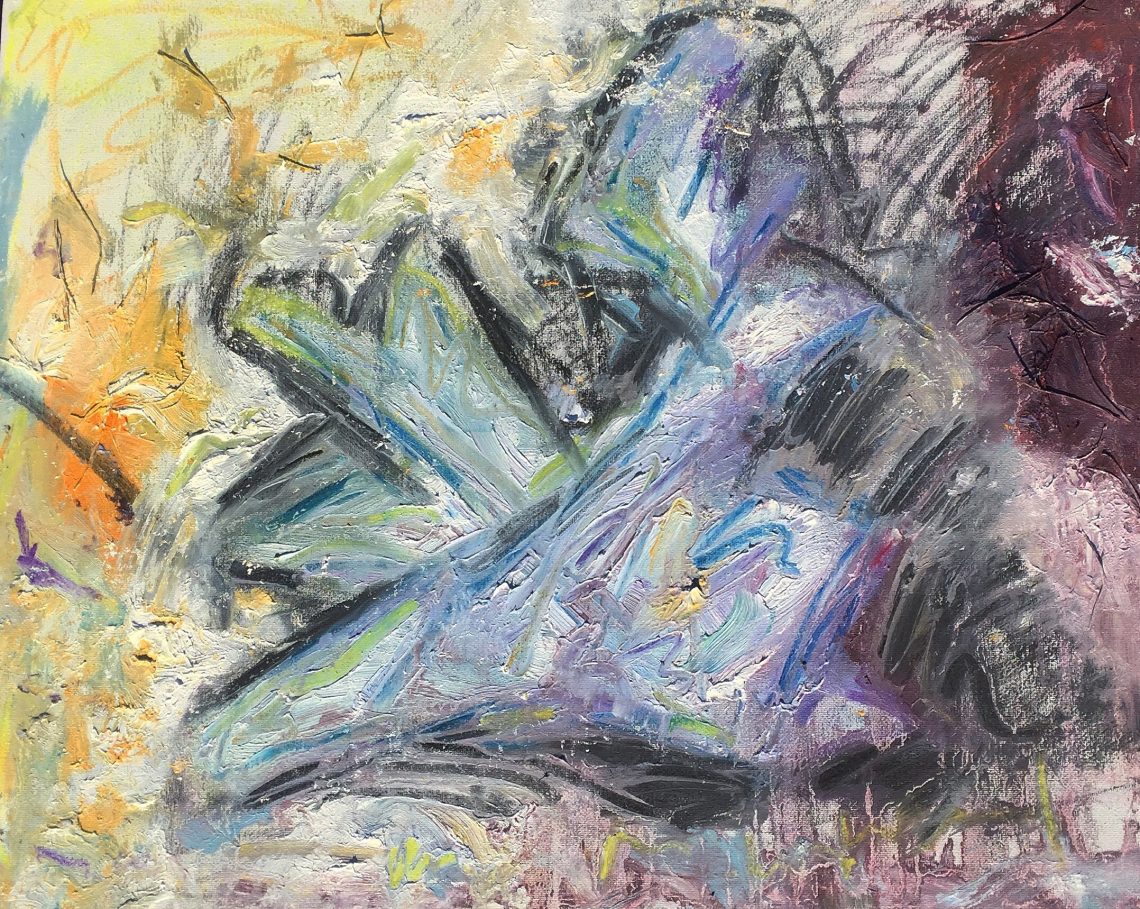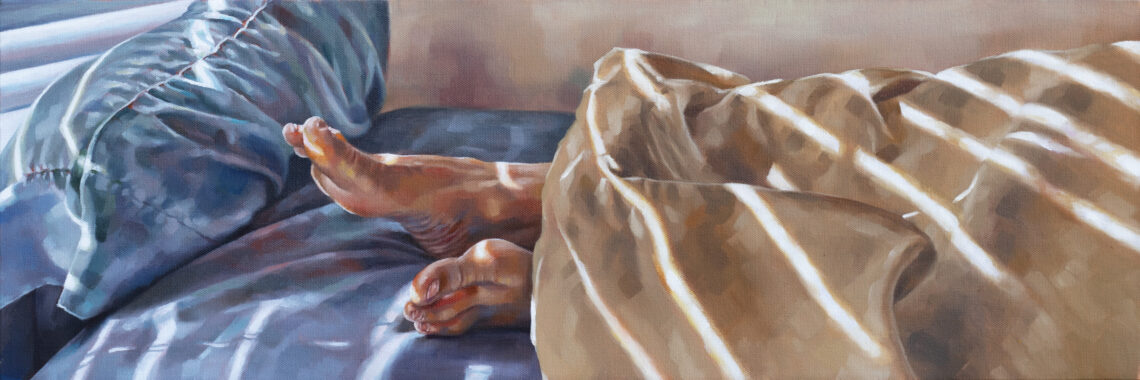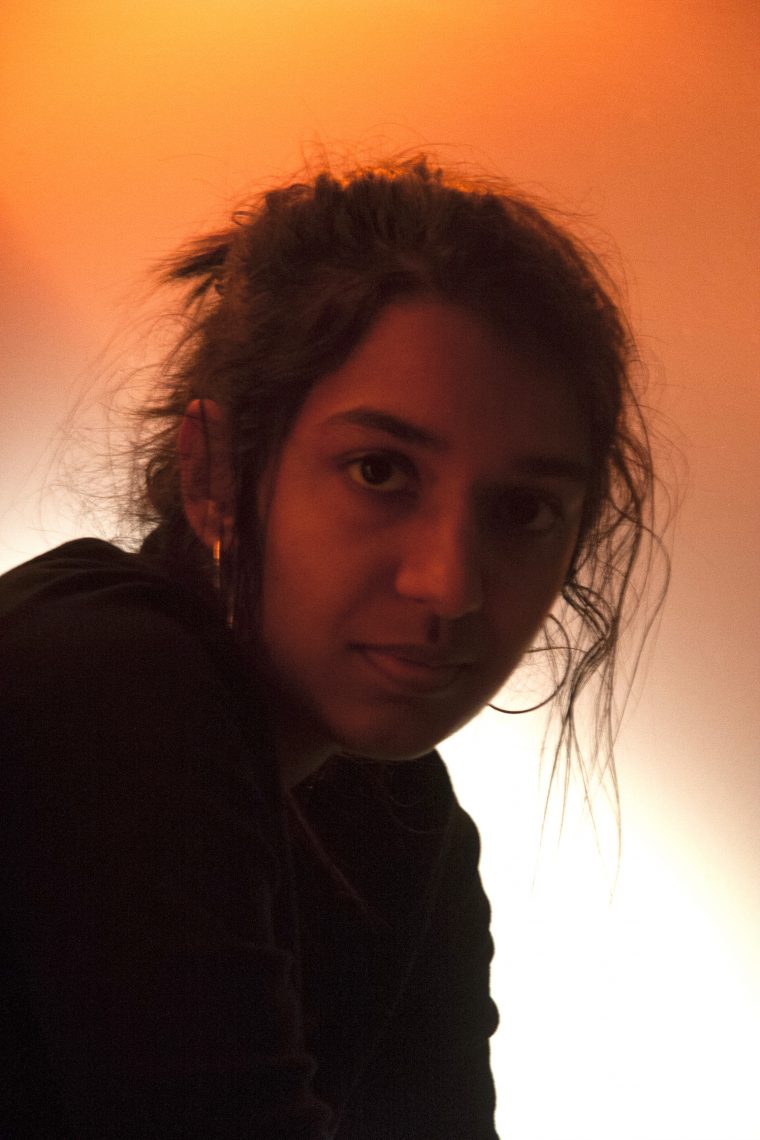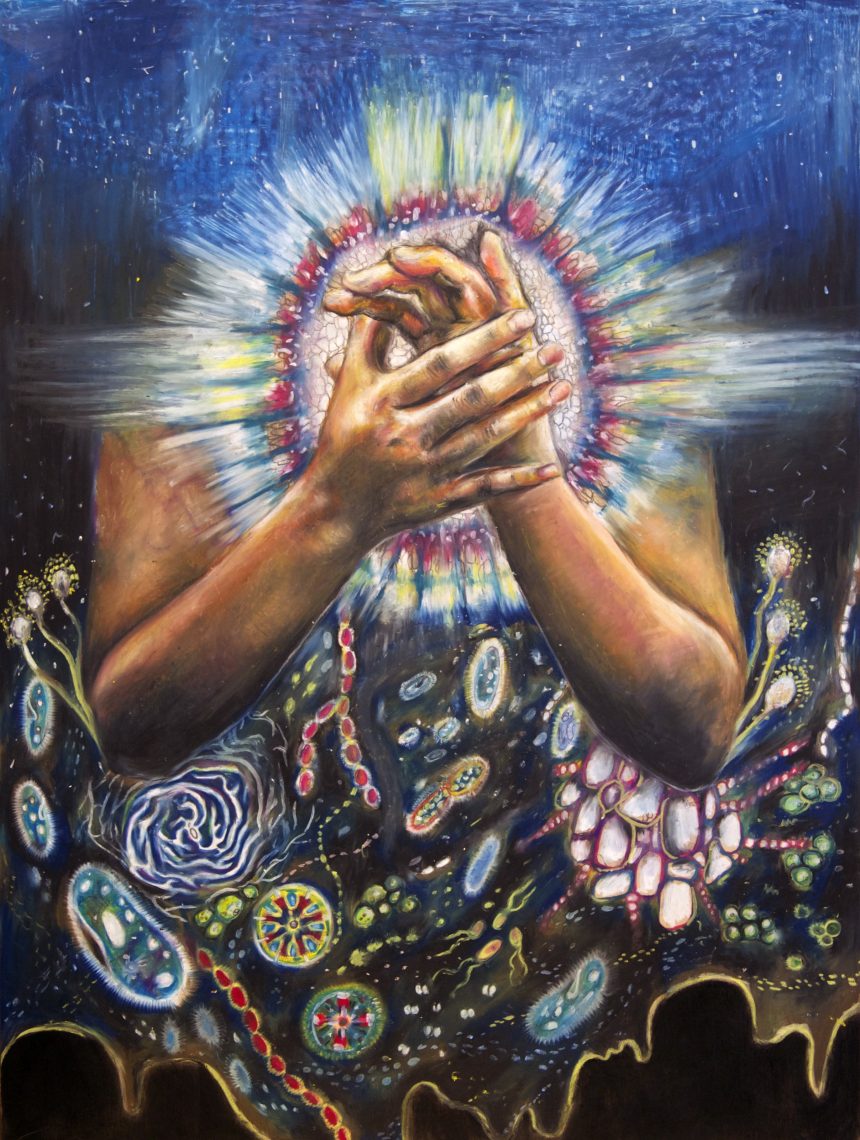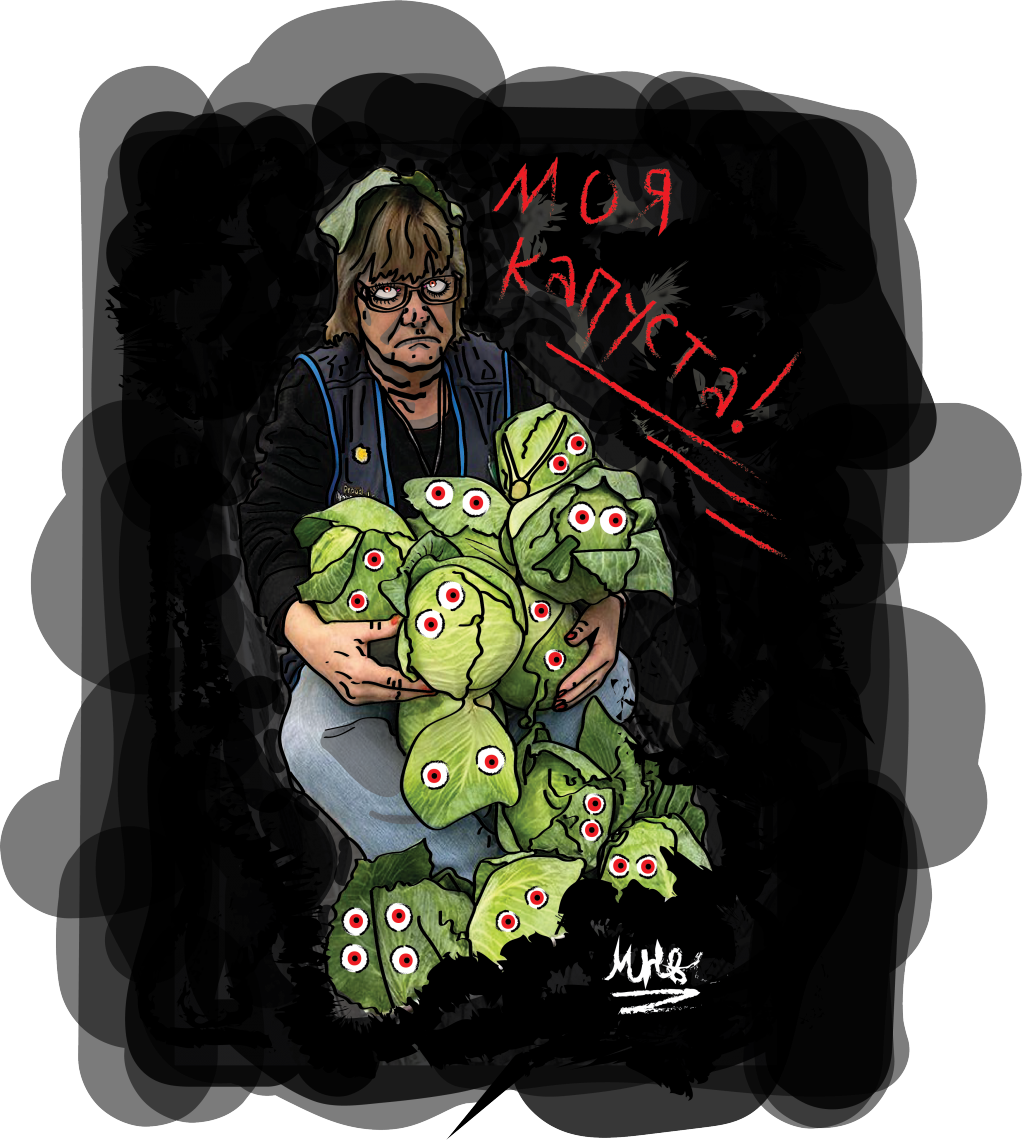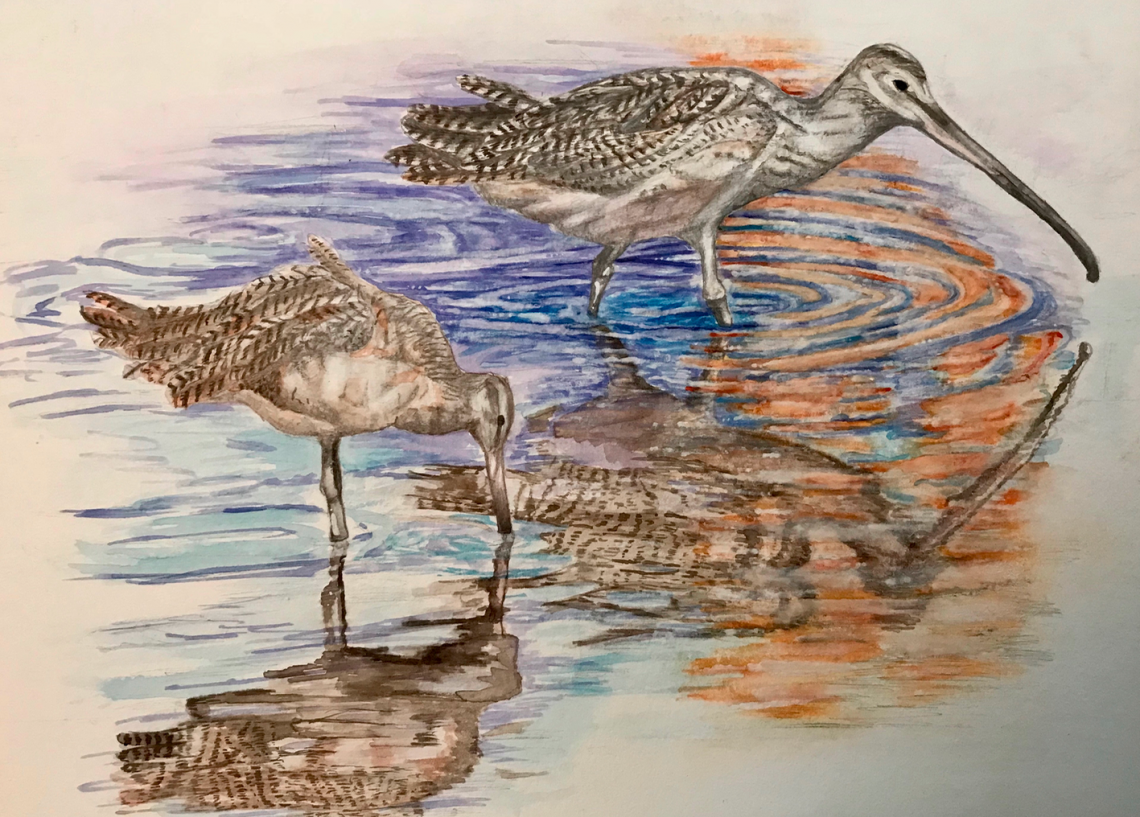
Checking in with the Chocolate Heads, Stanford’s student “movement band”
The Stanford movement-driven band readies for its Bing Concert Hall debut with William Parker.
Jazz visionary and Stanford visiting artist William Parker made a point of reminding the musicians in the Chocolate Heads movement band to “think about the dancers.” That insightful instruction is uniting the sound and movement of the Heads as never before, and on the evening of March 8 the genre-mashing collective will share the Bing Concert Hall stage with Parker.
“The Bing performance is going to be a performance of a lifetime,” said Chocolate Heads student music director and pianist Tyler C. Brooks. “First and foremost, this is a tremendous honor; symbolically, what it means for a production so heavily co-directed by students to be the opening performance of Stanford’s new landmark concert hall is overwhelmingly empowering.
“It’s a big step forward for Stanford student arts as much as it is for the Stanford arts in general.”
After a tour of the hall, the Heads concluded that it is a bar-none performance venue. “There’s no myth about it: That place is special,” said Brooks. “The acoustics, the facilities, the green room – Bing is the definition of state-of-the-art. I hope that two months is enough time to get the speechlessness and stage fright out of my system.”
The free concert at Bing is a christening of sorts because it will be the first time the marley floor is installed for a dance performance.
The following night, March 9, Parker will premiere “Essence of Ellington” at Bing. The project features nine jazz luminaries, including Hamid Drake (drums) and Roy Campbell (trumpet), in a concert of Ellington standards and original compositions inspired by the Duke.
What’s a Chocolate Head?
Chocolate Heads is a movement-driven band composed of mostly Stanford student dancers, musicians, and visual and spoken-word artists, under the direction of Dance Division faculty member and choreographer Aleta Hayes.
The ensemble performed recently at a TEDx conference and was described thusly: “The band characterizes Hayes’ focus on original, live music strongly emanating from the same creative impulses as the dance. It integrates content drawn from the performance, design and choreographic talents of the band members, and from Hayes’ unique compositional strategy of mining and ‘remixing’ those contributions in combination with her choreography.”
The Parker method
Parker spent seven days rehearsing with the Chocolate Heads, five of which were exclusively with the musicians and two with the entire ensemble, to lay the groundwork for his return in the winter for the Bing performance. He introduced the band to improvisation jam sessions in which the musicians were charged with optimizing their instruments to the fullest.
Musician Brooks described one of Parker’s optimization methods called “contrast,” which is an ensemble technique: “Every sound he gave each musician to play with was unique and could be played on its own separate musical timeline. That is, the drummer might play an unvarying, loud toms-only waltz, next to the clarinetist who’s playing, at her own rhythmic will, a gesture that sounded like something between a melody and an angry bird call, both next to the piano player who might be playing faster, softer, harmonically unrelated arpeggios up and down the instrument.
“To all our surprise, this combination of seemingly independent sounds made for an extremely interesting soundscape. We could only achieve such if we explored our own ‘sound areas,’ as Parker called them, and didn’t fall back on our intuitions to play in harmony or in time with other musicians.
“Coming from a jazz background charged with Latin polyrhythms and harmonically intricate musical structures, this was a really interesting yet liberating approach to developing a compelling ensemble sound. And it’s way harder than it sounds.”
Hayes and Parker were committed to bringing all the actors, dancers and musicians together to foster a creative dialogue – sometimes the music makes the movement make sense; other times the movement needs to come first.
Musicians would give the dancers samples of Parker’s “events,” his term for scores/compositions, ranging from sci-fi inspired sounds to pastoral passages, and let them respond. Other times the musicians responded to the dancers. “When you see movements diverge from what you [the musician] are giving them [the dancers], you want to follow them with your sound,” said musician Noël Tucker.
Similarly, Brooks imagined the dancers’ bodies as sound and tried to invent sound based on their visual cues. This careful consideration of the conversation between sound makers and movement makers is what Parker was getting at when he told the musicians, “think about the dancers.”
Polydisciplinary
The band musicians include music director Brooks on piano, Tucker on clarinet, Ben Robinson and Kai Kight on violins, Lauren Weldon on cello, Kevin Murray on drums, Ryan Edwards managing the electronics and guest artist Parker on bass.
There are also 14 dancers, three actors, a creativity whip and others involved in the movement band. A Chocolate Heads production is a polydisciplinary extravaganza.
Brooks describes the experience of working with Parker as amazing and calls him an interesting cat who embodies all that is jazz. But Brooks discovered that Parker is also no stranger to hip-hop. He has collaborated with Antipop Consortium and DJ Spooky, and tasked Heads computer electronics musician Edwards with creating a sound library for live sampling and mixing, which Edwards reports is full of “synth stuff and weird sounds.”
Edwards holds the distinction of being the only Head to be conscripted into service, albeit willingly. He happened to be at Harmony House, home of the university’s Institute for Diversity in the Arts, wrapping up some homework during an early Heads rehearsal, and he wondered who was the dude on piano. Edwards introduced himself to the dude, Parker, and they got to talking about music. Hayes, ever the talent scout, heard that Edwards plays electronic music and told him to bring his laptop to the next rehearsal.
The more traditional way into the movement band is an audition. Students with diverse interests and experience, from ballet to hip-hop and from classical training to self-taught experimentation, audition in the fall. Hayes also includes some members from off campus. Musicians Weldon and Murray are middle-school students from the Community School of Music and Arts, based in Mountain View. Vocalist Lena Nelson is from a high school in San Jose, and Palo Altan guest artist Michael Glynn has been the committed bassist for rehearsals and will only give up that role when Parker is back in town.
All members participate in the dance-making/remix process and collaborate with visual artists, designers and spoken word artists.
The Bing performance with Parker in March represents the climax of an incredible year for the Chocolate Heads ensemble. “We’ve really become a family, and just in a quarter’s time! I look forward to the rest of the year with everyone and I’m so glad that we get to share our work with the Stanford community in March,” said Brooks.





